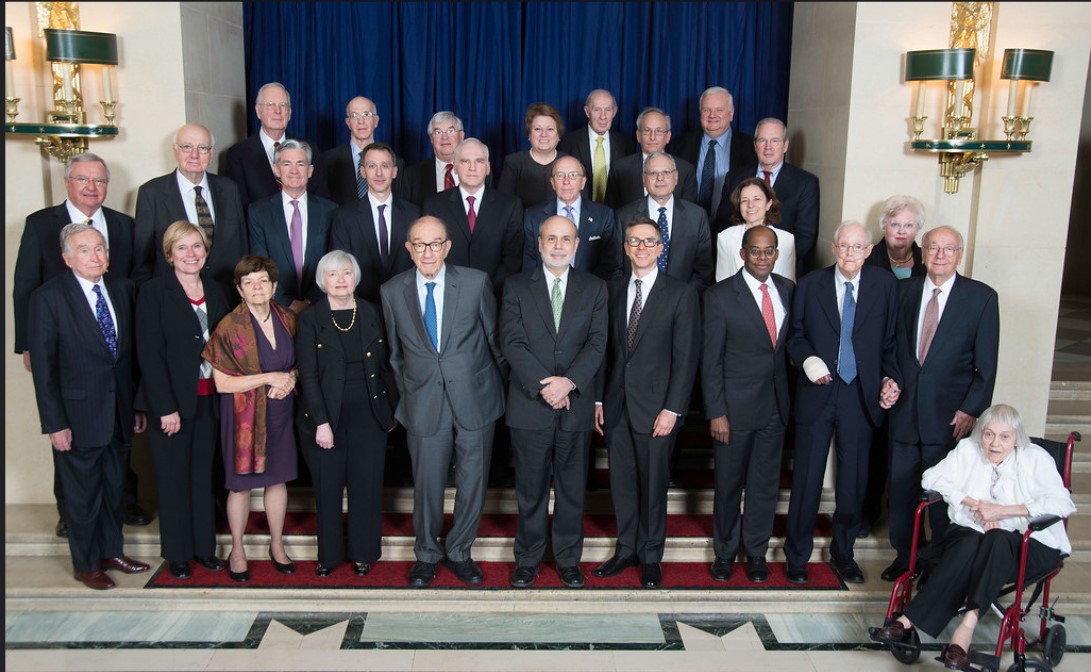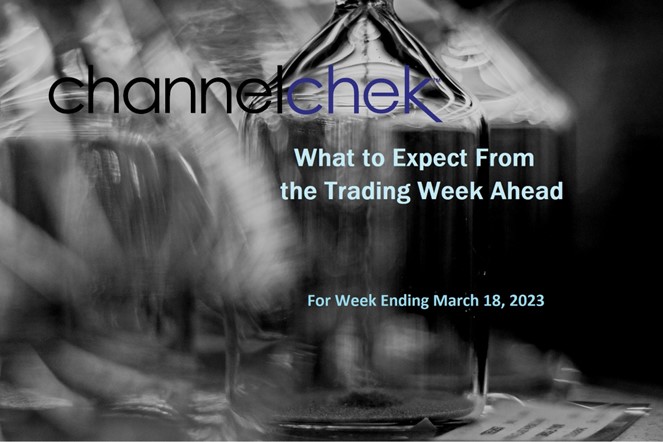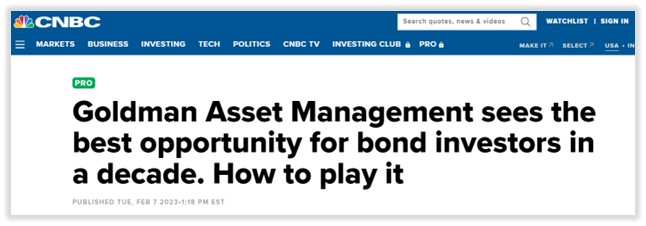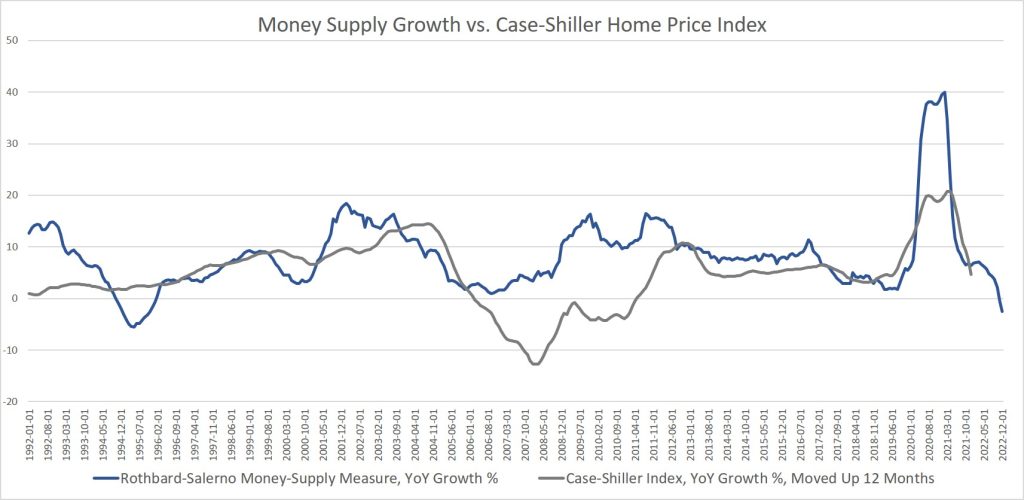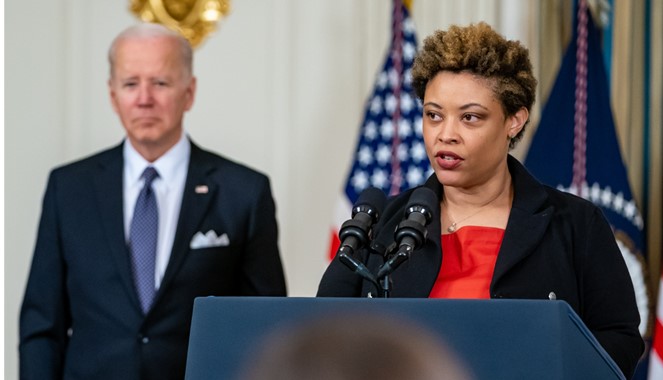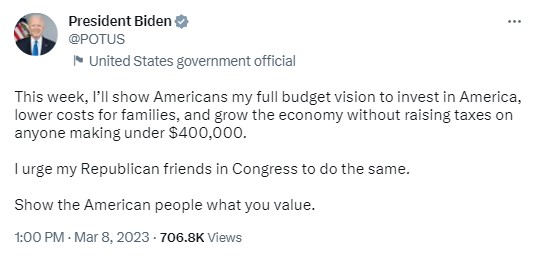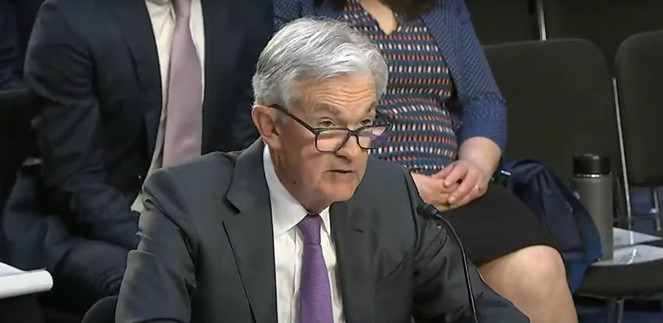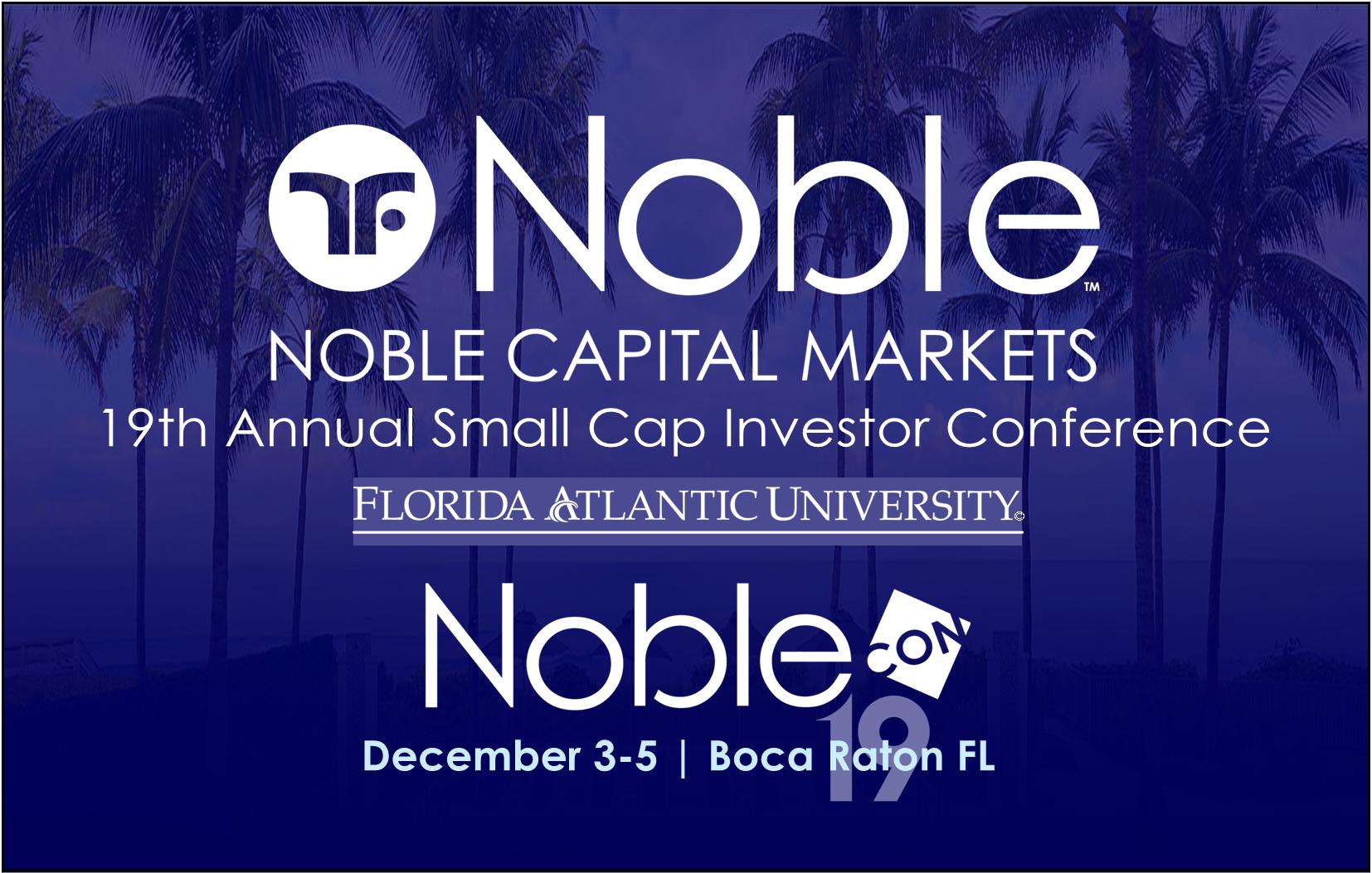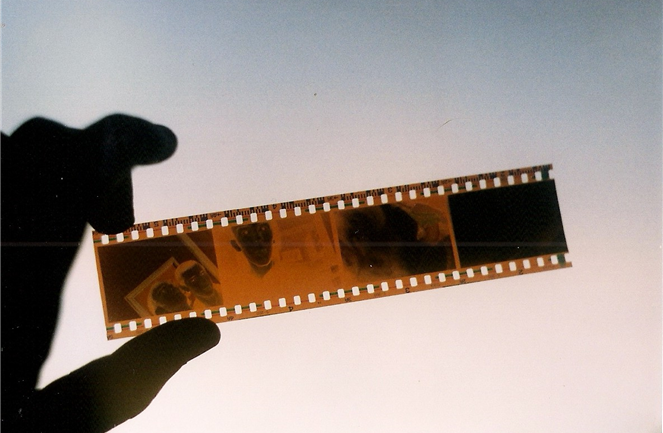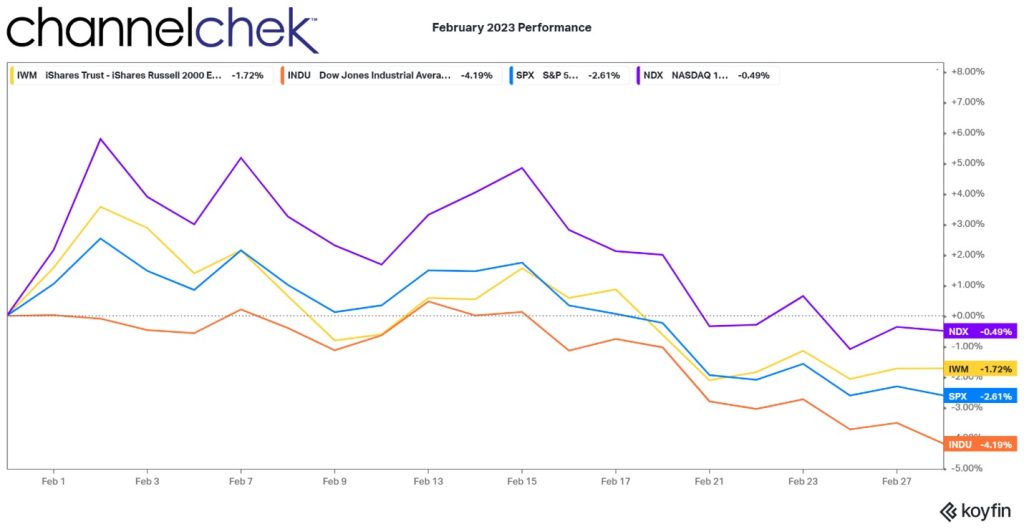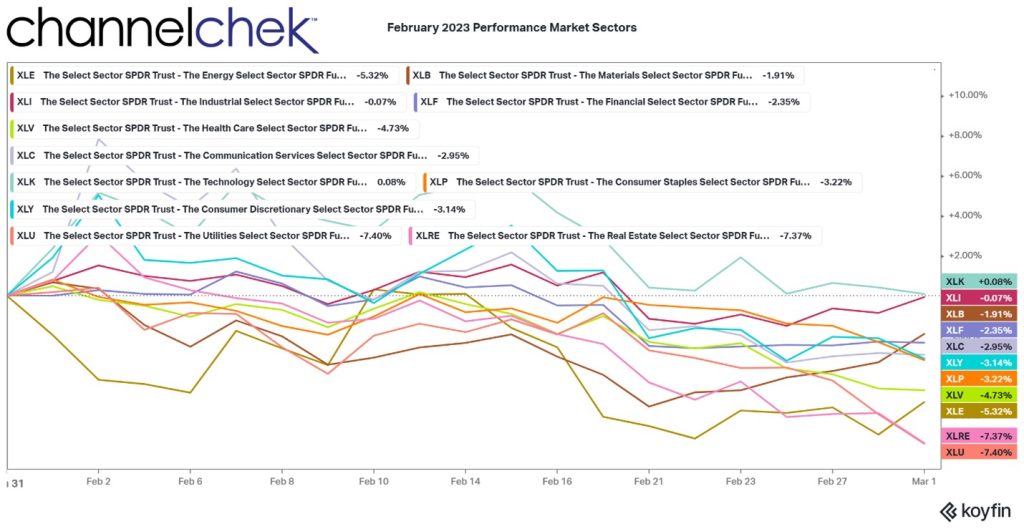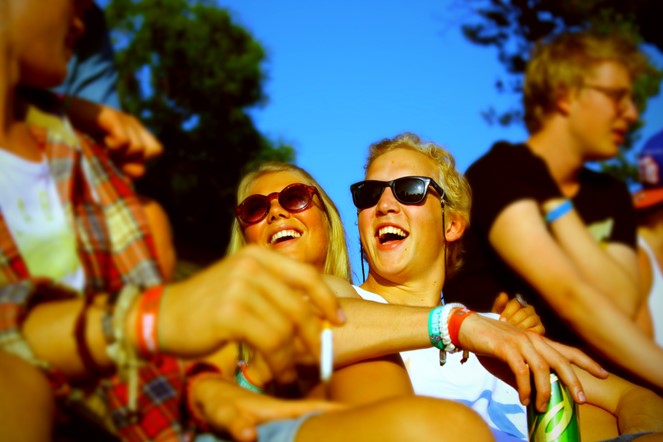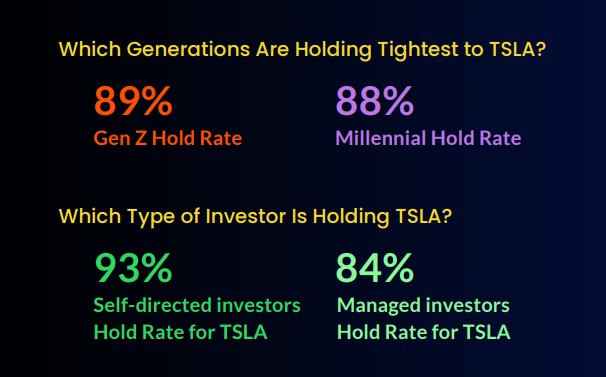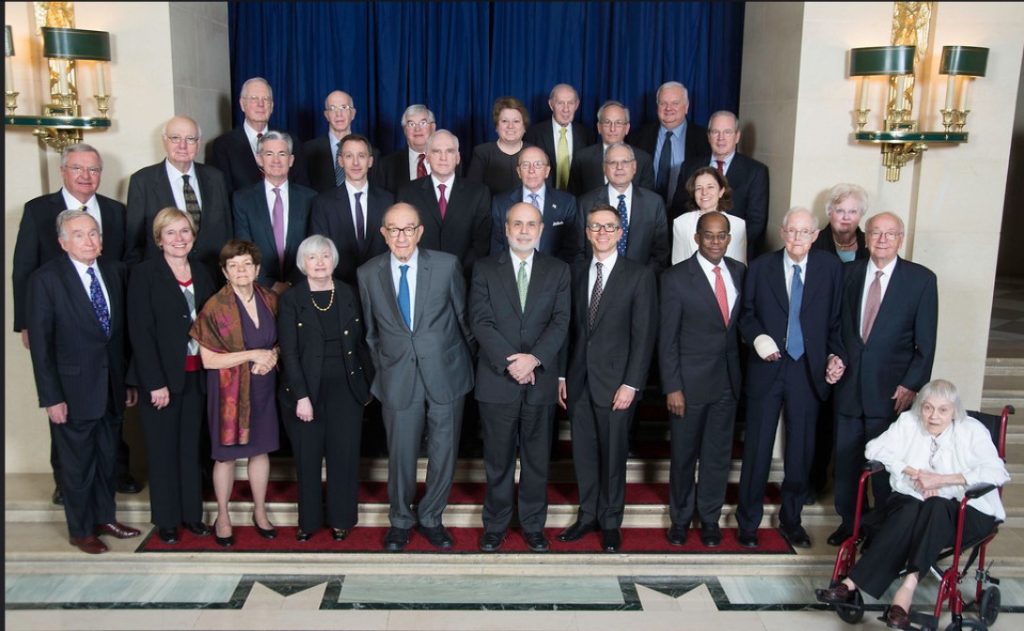
SVB Invested in the Entire Bubble of Everything Says, Renowned Economist
“SVB invested in the entire bubble of everything,” writes Daniel Lacalle, PhD, economist, fund manager,and once ranked as one of the top twenty most influential economists in the world (2016 and 2017). He explains in his article below the pathway the Silicon Valley bank took and “bets,” which it lost, that led to the bank’s quick demise. “Aaaaand it’s gone,” Lacalle says, borrowing a line from a South Park episode that originally aired in March 2009. – Paul Hoffman, Managing Editor, Channelchek
The second-largest collapse of a bank in recent history after Lehman Brothers could have been prevented. Now the impact is too large, and the contagion risk is difficult to measure.
The demise of the Silicon Valley Bank (SVB) is a classic bank run driven by a liquidity event, but the important lesson for everyone is that the enormity of the unrealized losses and the financial hole in the bank’s accounts would not have existed if not for ultra-loose monetary policy. Let me explain why.
As of December 31, 2022, Silicon Valley Bank had approximately $209.0 billion in total assets and about $175.4 billion in total deposits, according to their public accounts. Their top shareholders are Vanguard Group (11.3 percent), BlackRock (8.1 percent), State Street (5.2 percent) and the Swedish pension fund Alecta (4.5 percent).
The incredible growth and success of SVB could not have happened without negative rates, ultra-loose monetary policy, and the tech bubble that burst in 2022. Furthermore, the bank’s liquidity event could not have happened without the regulatory and monetary policy incentives to accumulate sovereign debt and mortgage-backed securities (MBS).
SVB’s asset base read like the clearest example of the old mantra “Don’t fight the Fed.” SVB made one big mistake: follow exactly the incentives created by loose monetary policy and regulation.
What happened in 2021? Massive success that, unfortunately, was also the first step to demise. The bank’s deposits nearly doubled with the tech boom. Everyone wanted a piece of the unstoppable new tech paradigm. SVB’s assets also rose and almost doubled.
The bank’s assets rose in value. More than 40 percent were long-dated Treasurys and MBS. The rest were seemingly world-conquering new tech and venture capital investments.
Most of those “low risk” bonds and securities were held to maturity. SVB was following the mainstream rulebook: low-risk assets to balance the risk in venture capital investments. When the Federal Reserve raised interest rates, SVB must have been shocked.
Its entire asset base was a single bet: low rates and quantitative easing for longer. Tech valuations soared in the period of loose monetary policy, and the best way to “hedge” that risk was with Treasurys and MBS. Why bet on anything else? This is what the Fed was buying in billions every month. These were the lowest-risk assets according to all regulations, and, according to the Fed and all mainstream economists, inflation was purely “transitory,” a base-effect anecdote. What could go wrong?
Inflation was not transitory, and easy money was not endless.
Rate hikes happened. And they caught the bank suffering massive losses everywhere. Goodbye, bonds and MBS prices. Goodbye, “new paradigm” tech valuations. And hello, panic. A good old bank run, despite the strong recovery of SVB shares in January. Mark-to-market unrealized losses of $15 billion were almost 100 percent of the bank’s market capitalization. Wipeout.
As the bank manager said in the famous South Park episode: “Aaaaand it’s gone.” SVB showed how quickly the capital of a bank can dissolve in front of our eyes.
The Federal Deposit Insurance Corporation (FDIC) will step in, but that is not enough because only 3 percent of SVB deposits were under $250,000. According to Time magazine, more than 85 percent of Silicon Valley Bank’s deposits were not insured.
It gets worse. One-third of US deposits are in small banks, and around half are uninsured, according to Bloomberg. Depositors at SVB will likely lose most of their money, and this will also create significant uncertainty in other entities.
SVB was the poster boy of banking management by the book. They followed a conservative policy of acquiring the safest assets—long-dated Treasury bills—as deposits soared.
SVB did exactly what those that blamed the 2008 crisis on “deregulation” recommended. SVB was a boring, conservative bank that invested its rising deposits in sovereign bonds and mortgage-backed securities, believing that inflation was transitory, as everyone except us, the crazy minority, repeated.
SVB did nothing but follow regulation, monetary policy incentives, and Keynesian economists’ recommendations point by point. SVB was the epitome of mainstream economic thinking. And mainstream killed the tech star.
Many will now blame greed, capitalism, and lack of regulation, but guess what? More regulation would have done nothing because regulation and policy incentivize buying these “low risk” assets. Furthermore, regulation and monetary policy are directly responsible for the tech bubble. The increasingly elevated valuations of unprofitable tech and the allegedly unstoppable flow of capital to fund innovation and green investments would never have happened without negative real rates and massive liquidity injections. In the case of SVB, its phenomenal growth in 2021 was a direct consequence of the insane monetary policy implemented in 2020, when the major central banks increased their balance sheet to $20 trillion as if nothing would happen.
SVB is a casualty of the narrative that money printing does not cause inflation and can continue forever. They embraced it wholeheartedly, and now they are gone.
SVB invested in the entire bubble of everything: Sovereign bonds, MBS, and tech. Did they do it because they were stupid or reckless? No. They did it because they perceived that there was very little to no risk in those assets. No bank accumulates risk in an asset it believes is high risk. The only way in which banks accumulate risk is if they perceive that there is none. Why do they perceive no risk? Because the government, regulators, central banks, and the experts tell them there is none. Who will be next?
Many will blame everything except the perverse incentives and bubbles created by monetary policy and regulation, and they will demand rate cuts and quantitative easing to solve the problem. It will only worsen. You do not solve the consequences of a bubble with more bubbles.
The demise of Silicon Valley Bank highlights the enormity of the problem of risk accumulation by political design. SVB did not collapse due to reckless management, but because they did exactly what Keynesians and monetary interventionists wanted them to do. Congratulations.
About the Author:
Daniel Lacalle, PhD, economist and fund manager, is the author of the bestselling books Freedom or Equality (2020), Escape from the Central Bank Trap (2017), among others.
Lacalle was ranked as one of the top twenty most influential economists in the world in 2016 and 2017 by Richtopia. He holds the CIIA financial analyst title, with a postgraduate degree in higher business studies and a master’s degree in economic investigation.
